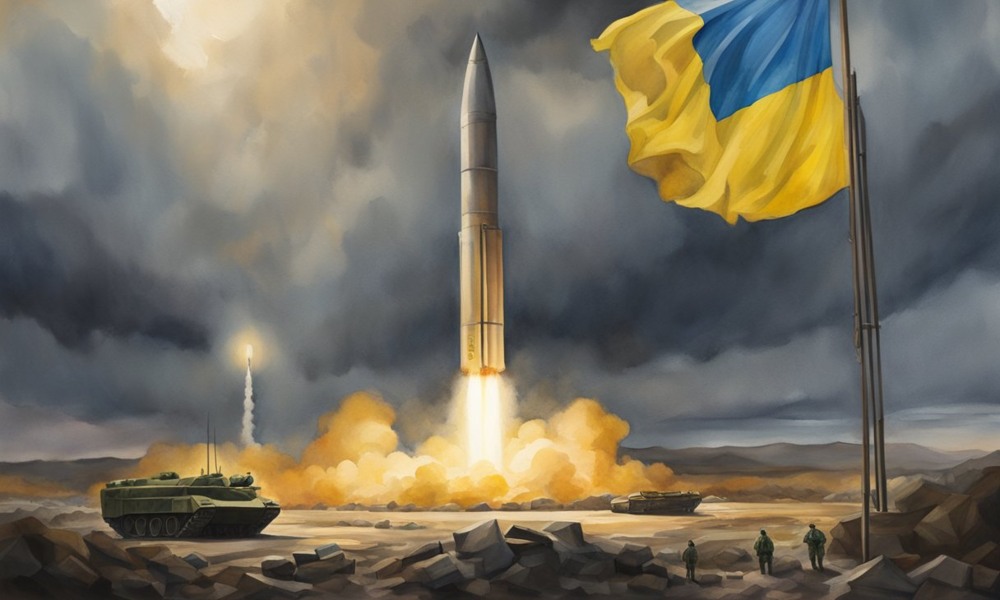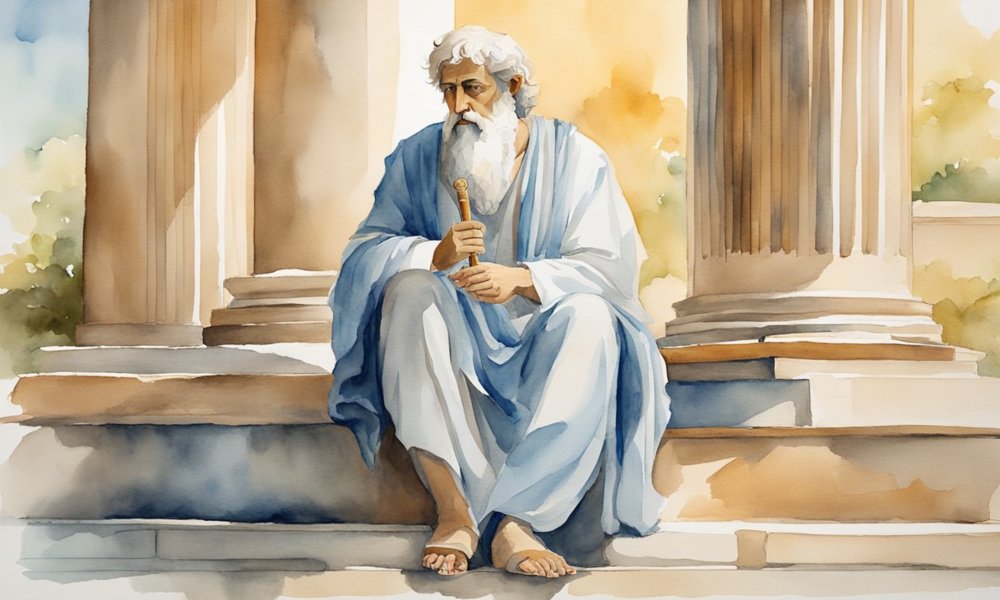Scientists have made an extraordinary discovery about the famous ancient Greek philosopher Plato.
- By using new technology, they decoded burnt scrolls found in Herculaneum, Italy
- The scrolls give never-before-known details about where Plato was buried
- They also describe how Plato spent his very last day before passing away
What new secrets did the scrolls uncover about Plato’s final resting place and moments? Keep reading to find out!
The Discovery of Burnt Scrolls
For nearly 2,000 years, some burnt papyrus scrolls found in Herculaneum sat gathering dust. They had been charred black and buried under layers of volcanic ash. This happened after Mount Vesuvius erupted in 79 AD.
The scrolls were too damaged to read – until now. Thanks to modern technology like advanced infrared imaging, scientists could finally decipher the lost texts written on the ancient papyrus.
New Details About Plato Emerge
Among the decoded scrolls were writings that revealed fascinating new information about Plato’s life and death. Plato was one of the most famous and influential Greek philosophers, living from 428 to 348 BC.
The writings provide specifics on where Plato was buried after his death at age 81 and describe in detail how he spent his final day alive.
Plato’s Burial Location
For centuries, scholars knew Plato had been buried at his famous philosophical academy in ancient Athens. However, the exact burial spot within the academy grounds remained a mystery – until now.
The newly deciphered scrolls pinpoint the location as a unique private garden area. It was next to a shrine dedicated to the Greek folk tale figure Academos, close to the city walls.
Plato’s Final Day
The scrolls also provide a first-hand account of how Plato spent his last hours before passing. Despite being feverish and nearing death, the writings state that Plato remained lucid.
He is depicted listening to a Thracian enslaved person play the flute. Although struggling with illness, the scrolls recount that Plato still critiqued her musical rhythm and ability.
The vivid details offer a remarkably personal glimpse into the final moments of this hugely influential thinker’s long life.
Insights from the Lead Scientist
The scrolls were decoded by a team led by Professor Graziano Ranocchia from the University of Pisa, an expert on ancient papyri. In an interview, he summed up the monumental discovery:
“Using advanced imaging techniques, we can now decipher texts that were once burnt into charcoal by Mt. Vesuvius. This particular scroll gives us incredible new insights about Plato himself – where he was laid to rest and what he did right before dying.”
“We finally know exactly where in the academy grounds Plato had his burial plot reserved, near a sacred site. And we can vividly picture his final moments critiquing music in his feverish state, still completely lucid and dedicated to his philosophical ideals until the very end.”
Professor Ranocchia’s team plans to use advanced decoding methods to uncover more revelations from the previously unreadable scrolls in Herculaneum.
More Ancient Secrets to Uncover?
This breakthrough discovery shows that modern technology can help uncover ancient knowledge locked away in ruins and artifacts for centuries. It makes you wonder: What other major historical revelations and first-hand accounts could be unveiled next?
Countless scrolls, carvings, and writings from antiquity remain undeciphered today. Perhaps they, too, contain insightful details about famous figures and pivotal events that have been lost to time—until now.
What other secrets from the ancient world could advanced tech reveal next? Only more discoveries will tell!
















